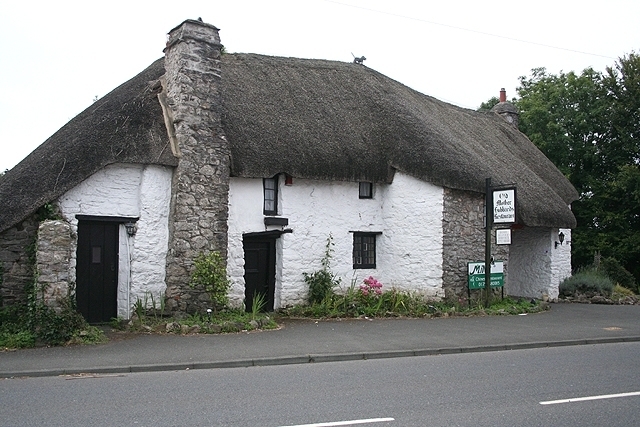Vernacular techniques and local materials are becoming more and more relevant in architecture.
Building a cheaper, greener house: the geodesic dome – and the prefab.
.
There are a lot of innovative ways to make buildings ‘greener’.
MATERIALS:
The increasing use of wood is clearly sustainable:
New advances in timber construction – Vision Group for Sidmouth
Indeed, using local materials make very good sense:
Building with wood – Vision Group for Sidmouth
The New Stone Age: ancient material: tiny carbon footprint – Vision Group for Sidmouth
Although if you are going to import building materials, they can still be pretty sustainable:
Building with bamboo – Vision Group for Sidmouth
Today’s Arch Daily has an interesting piece on upscaling traditional building materials and technologies:
Vernacular techniques and local materials are becoming more and more relevant in architecture, but is it possible to bring these concepts to large urban areas?
In 1984, the Amazonian architect Severiano Porto had already pointed out the need to make architecture more connected to its location. Using local materials and techniques is becoming more important each day, considering the impacts of the commodity chain of building construction on the planet. Not surprisingly, the number of projects that use this approach is growing every day …
Given the outlook for the future of our planet, we must consider changing the way we build cities and occupy our land. Therefore, we should focus on integrating natural materials with techniques that are available and affordable in big cities, as seen in the “Heart of Yongan” Community Center / TJAD and the Grotto Retreat Xiyaotou Residencial Village / A( )VOID. However, we should also pay attention to the process, choosing the methods and materials that have a lower impact on the environment, both locally and globally.
Local Techniques in Big Cities: Beyond Earth and Bamboo | ArchDaily
PREFAB:
Prefabricated or modular homes can be very green indeed – as with a recent project in East Devon:
High-quality zero carbon affordable homes – Vision Group for Sidmouth
In fact, there are some great, innovative ideas becoming practical reality:
Futures Forum: A solution to our housing problems: CLT > cross laminated timber
Futures Forum: A solution to our housing problems: offsite manufactured homes
With the Passivhaus normally using a lot of prefabricated elements:
Futures Forum: A solution to our housing problems: a passivhaus estate
And it’s happening in these parts too:
Passivhaus East Devon – Vision Group for Sidmouth
Exeter affordable Passivhaus homes win award – Vision Group for Sidmouth
Indeed, as another piece from Arch Daily points out, prefab can be not only cheap, but be of real quality – and with quite a pedigree:
This idea is by no means new. Architects such as Frank Lloyd Wright, Le Corbusier, Jean Prouvé and Walter Gropius have developed several projects to effectively integrate housing construction with this industry. Specifically, the latter deserves to be highlighted for his efforts on the subject: the publication “The Dream of the Factory Made House”, by Walter Gropius and Konrad Wachsmann, edited by MIT Press, provides an overview of the experiences of the two German architects, their achievements and their many setbacks. The Packaged House System, developed by the two, is a prototype whose ingenuity attracts attention, developed after World War II, which can expand or reduce as needed, but unfortunately, did not survive commercially.
Prefabrication Could Make Housing Construction More Affordable | ArchDaily
And the geodesic dome from Buckminster Fuller is catching on as the modular home:
“Cheap to build, heat, cool, and maintain, the geodesic dome, originally designed by Buckminster Fuller, just may be the log cabin of the 21st century.”
Building a cheaper, greener house: the geodesic dome – Sidmouth Solarpunk
MORE GREEN IDEAS:
There are lots of ways ahead, in fact – for example:
RetroFirst: “the greenest building is the one that already exists” – Vision Group for Sidmouth
Urban mining: recycling buildings – Vision Group for Sidmouth
Decarbonising buildings – Vision Group for Sidmouth
And this even more important than ever:
Housebuilding and ‘net-zero carbon’ targets – Vision Group for Sidmouth
photo: File: Yealmpton, Old Mother Hubbards Cottage – geograph.org.uk – 1490387.jpg – Wikimedia Commons
